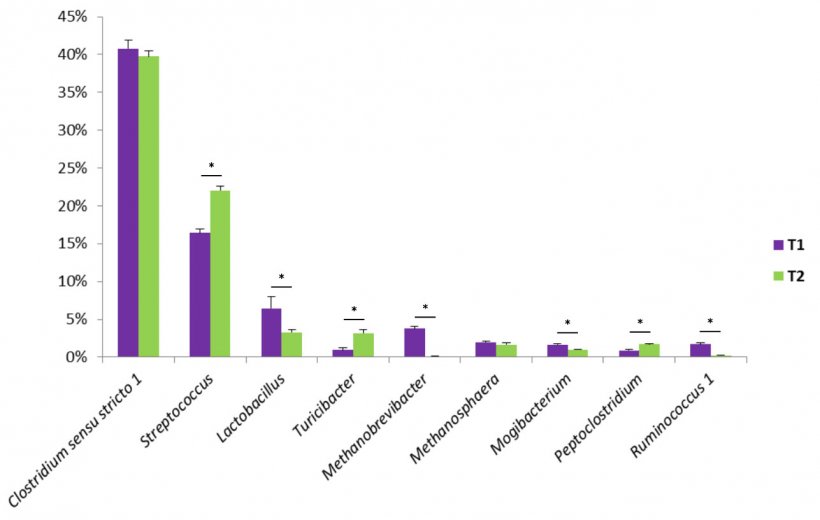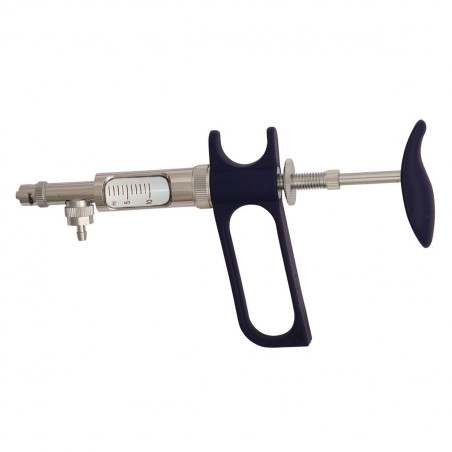We are currently going through the ‘golden age’ of the microbiome (Waldor et al., 2015). The bodies of animals, from swine to humans, are populated by immense numbers of microorganisms, the ‘microbiota’ of an individual. The ‘microbiome’ (the catalog of these microorganisms and their genes) is now under intense scrutiny in many areas of research, and nutrition is at the core of this emerging field (Ursell et al., 2012). This is, of course, because most bacteria associated with animals reside in the gut (Sender et al., 2016). Veterinarians have long known about the relevance of controlling the intestinal microbiota of animals. Practices such as the administration of pre/pro/synbiotics are, of course, directed towards altering the microbial populations of the gut. Nevertheless, few could have predicted just how important is the microbiota for the development and heath of animals.
Research on human obesity has brought much attention to the relevance of gut bacteria and serves as a remarkable illustration of how our concepts in nutrition will be altered in years to come by the study of the microbiome. Experiments have shown that obesity may be determined by the microbial composition of the gut. In other words, not only does the diet affect the microbiota, but the bacteria in themselves may determine the metabolic outcomes in the host (Ley, 2010; Sanmiguel et al., 2015). The implications for this are immense: reverting an “obese” microbiota to a “lean” counterpart would be sufficient for the cure of this condition (Harley et al., 2012; Marotz et al. 2016). For the veterinary nutritionist, this reasoning generates the temptatious idea of a single (and simple) component that can be altered for improving animal productivity. Thus, controlling the microbiota of animals could potentially replicate the strides that occurred on productivity when genetic selection started to be used commercially.

This is, however, a field in its infancy. First, the interactions of the microbiota with the diet or with additives are very complex. Interventions do show an impact on the microbiome, but they are also dependent on the initial bacterial composition of the gut. Therefore, animals raised in varying conditions will respond differently to the same intervention. This was seen in a test where pigs were given cider yeast, for instance (Upadrasta et al., 2013). The practical knowledge of this is shared by many practitioners in the field. Probiotic use generates extremely varied results in different settings. Also, we are only beginning to understand what a normal and healthy microbiota is, and what does it mean to alter it. Short-chain fatty acid (SCFA) producers are believed to be relevant in a wide variety of contexts, so much attention is devoted to these bacteria when analysing the microbiome (Park et al., 2014); however, looking only at limited bacterial populations in the microbiota such as SCFA producers is only scratching the surface of possibilities. Several less known constituents of the microbiota are possibly also important in determining gut health, and it will still take some research to be able to utilize all the information that derives from analysing the microbiota. Finally, the microbiota has shown to maturate with age, and shows certain resilience for modification in later life, although it is certainly not fixed and can be altered with the right protocols (Mach et al., 2015; Umu et al., 2015).

In swine, correlations have been found between the microbiota and several health and productivity parameters. Meat quality and body fat (Park et al., 2014), antibody production and body weight (Mach et al., 2015) and improved responses to PRRSV infection (Niederwerder, et al., 2016) are some of the parameters that seem to be amenable to control via the microbiota. These are clear indications of what can be achieved through expanded knowledge of the workings of gut bacteria.
The current expanse of the field of microbiome follows the recent advances in genomic technologies. The microbiome is no longer studied by conventional microbiological methods (isolating bacteria in Petri dishes, for instance) – many gut bacteria are not prone to laboratory culture. To understand the shifts in the entire bacterial population in the gut, these microbes are sequenced. This generates data that allows the identification of virtually all bacteria in the sample. Thus, the result of this technique is a long list of all bacteria present and their relative quantities. With this data in hand, analyses can be conducted on the impact of interventions (such as probiotic use) over the constitution of the microbiota, for instance.
In conclusion, it is very likely that the swine nutrition industry will be shaped in the near future by the study of the microbiome. Whereas the use of dietary supplements was very much empirical up to recently, the interest in microbiome research will certainly assist the in the selection of more efficient products, as well as the determination of the conditions in which they are more useful. The additive industry is certainly investing in the understanding of the microbiota for furthering the possibilities of their products (Pajarillo et al., 2015). As the technology and the knowledge advances, microbiome analysis will become accessible not only to researchers in large companies, but also to field practitioners, where it may become a valuable tool in management practices.





